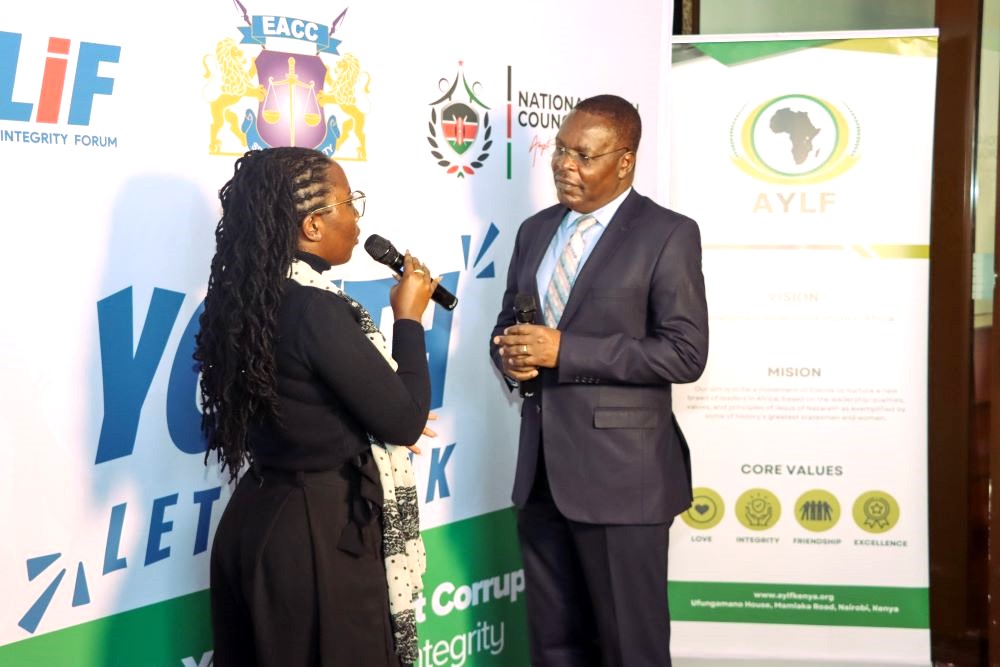In every generation, certain skills emerge as indispensable for survival and success. In the 20th century, it was literacy and numeracy. In the 21st century, financial literacy has taken its place at the top of the list. Yet, despite its importance, it remains one of the least prioritized areas in our education system. We prepare our children for exams, for careers, and for civic life, but not nearly enough for the everyday reality of managing money. This neglect carries a heavy price, for without financial literacy, even the best opportunities slip through our fingers.
Financial literacy is not a luxury for the rich, nor is it an abstract academic pursuit. It is a practical life skill. To be financially literate is to understand how money works—how to budget, how to save, how to invest, and how to spend responsibly. It is also about cultivating discipline, patience, and foresight. A child who learns early to distinguish between needs and wants, to save coins instead of squandering them on fleeting pleasures, is learning lessons far greater than arithmetic. They are being equipped with the tools to avoid debt, resist waste, and build security in adulthood.
Sadly, many young people leave school knowing complex mathematical formulas but unable to manage a bank account or avoid the trap of mobile loan apps. They master literature and history, yet remain vulnerable to fraud, predatory lending, and reckless spending. This gap in knowledge has become one of the silent drivers of poverty and financial instability.
The solution is to weave financial literacy into education from early childhood development all the way to university. In the lower levels, it could be as simple as teaching children to save coins in piggy banks or to record pocket money in a notebook. At junior and secondary levels, it could involve school savings clubs, mock business projects, and lessons in distinguishing needs from wants. At the university level, financial literacy should mean practical training on student loans, budgeting, digital banking, and entrepreneurship. Each stage should build on the last, ensuring a generation that grows in both academic competence and financial wisdom.
ALSO READ:
Communities that expose their children to entrepreneurship from a young age already demonstrate the power of this approach. The Kikuyu community, for instance, has long cultivated a culture of business among its youth. Children grow up surrounded by trading, farming, or retail ventures, and learn to save, reinvest, and manage risk almost instinctively. This exposure gives them a natural edge in money management and entrepreneurship, one that others often admire. But this advantage should not remain the privilege of one community. It must be democratized through formal education, so that every Kenyan child—whether born in Turkana, Kisumu, or Kitale—has the chance to grow up financially empowered.
There are already shining examples in Kenya that prove financial literacy works. Equity Bank’s Wings to Fly program, which supports bright but needy students, doesn’t just pay school fees—it also teaches beneficiaries how to manage stipends, plan their spending, and save for emergencies. Many graduates of this program testify that the financial skills they gained were as valuable as the academic opportunities. Similarly, Junior Achievement Kenya, a nonprofit working with schools, runs programs where students start and manage small businesses, learning firsthand about profit, loss, saving, and investment. In some counties, schools have partnered with local SACCOs to create savings accounts for learners, helping them build a habit of banking from a young age. These initiatives may look small, but they carry the seeds of long-term national transformation.
Globally, Rwanda’s school-based savings clubs and financial education strategy have improved not only financial habits but also academic responsibility among learners. Research by the World Bank has shown that students exposed to financial education are 35 percent more likely to save regularly and 20 percent less likely to fall into debt traps later in life. The OECD has further confirmed that financial literacy strengthens problem-solving and critical thinking, raising performance across subjects. Kenya has the opportunity to learn from these global best practices while scaling its own initiatives.
ALSO READ:
Narok County launches eye screening drive to combat preventable blindness in children
The impact of financial literacy extends far beyond individuals. A financially literate generation creates stronger families, thriving businesses, and a resilient economy. Citizens who can save, invest, and innovate reduce the burden on government social programs and increase national productivity. They become entrepreneurs who create jobs, taxpayers who comply willingly, and investors who generate local capital for development. In a country like Kenya, where mobile money platforms such as M-Pesa have revolutionized financial transactions, the opportunities are immense. Yet, without proper education, many young people remain vulnerable to scams, reckless borrowing, and impulsive spending. With financial literacy, these same platforms could become tools of wealth creation, supporting small businesses, digital innovation, and inclusive growth.
Unfortunately, our current approach remains piecemeal. Financial literacy is often tucked away under business studies or life skills, taught casually if at all. Teachers lack training, resources are scarce, and cultural taboos often discourage families from discussing money with children. This must change. Financial literacy must be elevated from an optional add-on to a central pillar of education policy. Governments should integrate it into curricula at every level, train teachers to deliver it effectively, and partner with banks, SACCOs, and fintech firms to provide real-world experiences. Families, too, must normalize conversations about money, so that school lessons are reinforced at home.
The future of Kenya rests in financial literacy. A nation that raises children who save instead of waste, who budget instead of borrow recklessly, and who invest instead of consume blindly will inevitably rise. Learners who are financially literate and exposed to entrepreneurship will always tower above the rest. They will be the innovators, the leaders, the job creators, and the stewards of national prosperity. If we want a Kenya where poverty is reduced, opportunities are multiplied, and wealth is shared widely, then financial literacy must begin not tomorrow, not someday, but today—from early childhood to university.
We owe it to our children to give them the keys to a secure and prosperous future. Financial literacy is that key. The only question is whether we will have the courage to make it a national priority.
By Hillary Muhalya
You can also follow our social media pages on Twitter: Education News KE and Facebook: Education News Newspaper for timely updates.
>>> Click here to stay up-to-date with trending regional stories
>>> Click here to read more informed opinions on the country’s education landscape






